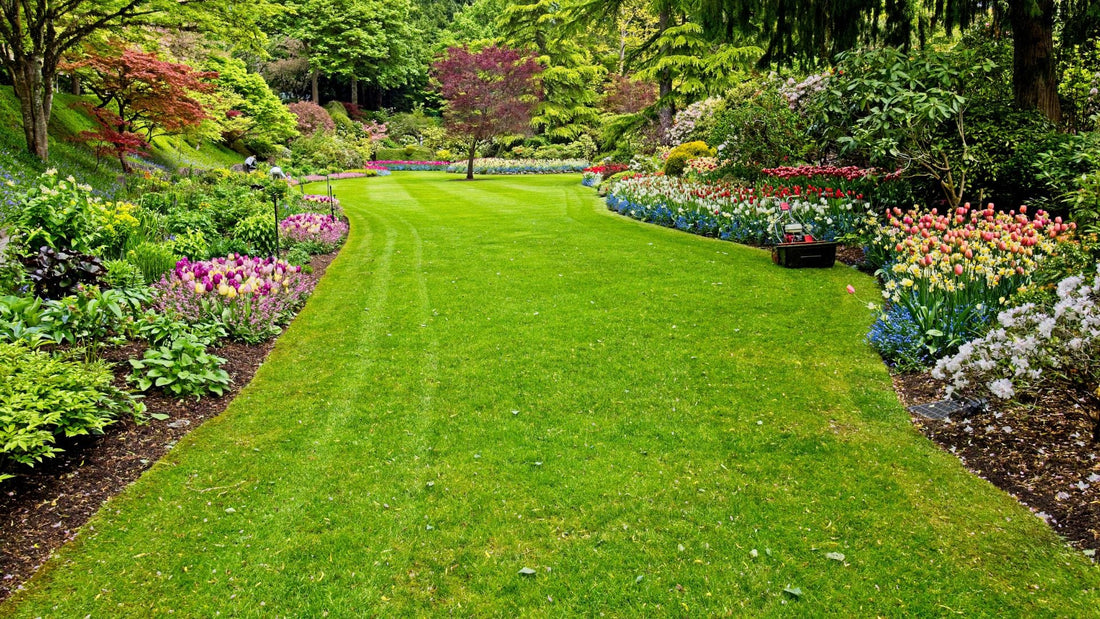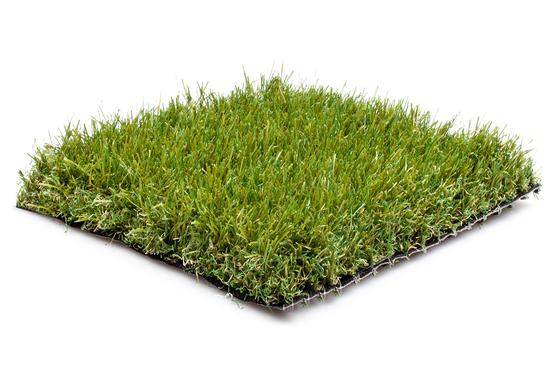
How to Get Your Garden Ready for Spring
Spring is the perfect time to refresh your garden after winter’s chill. A little preparation now will set the stage for a lush, healthy outdoor space throughout the season. Clearing debris, improving soil quality, and tending to plants early can make all the difference. Whether you have a traditional lawn or are considering artificial grass for a low-maintenance option, these simple steps will help keep your garden looking its best.
1. Clear Out Winter Debris

Winter often leaves gardens covered in fallen leaves, dead plants, and general debris. Start by clearing out flower beds, pathways, and lawns to give your garden a fresh start. Removing organic matter helps prevent mould, pests, and diseases that thrive in damp conditions.
Check for any winter damage to fences, garden structures, or patios. Repairing these early will save you time later in the season. If you have a compost bin, add any collected leaves and plant matter to create nutrient-rich compost for your soil.
With a clean and tidy space, your garden will be ready for new growth and planting.
2. Prepare Your Soil for Planting

Healthy soil is the foundation of a thriving garden. After winter, soil can become compacted, making it harder for plants to take root. Start by loosening the soil with a garden fork or tiller to improve aeration and drainage.
Testing your soil’s pH can help determine if any amendments are needed. Most plants prefer a neutral pH, but certain flowers and vegetables thrive in more acidic or alkaline conditions. If your soil lacks nutrients, mix in compost or well-rotted manure to enrich it naturally.
For an extra boost, consider adding slow-release fertilisers or organic matter to enhance fertility. Well-prepared soil will give your plants the best possible start in spring.
3. Prune and Trim Plants

Pruning is essential for healthy plant growth, especially after the colder months. Trim back any dead, damaged, or overgrown branches from trees, shrubs, and perennials. This encourages fresh growth and improves the overall shape of your plants.
For flowering plants, check if they bloom on new or old wood before pruning. Cutting too much too soon can affect their flowering potential. Use sharp, clean tools to avoid spreading disease, and dispose of cuttings properly.
Proper pruning ensures your plants will thrive and look their best throughout spring and summer.
4. Start Planting Early Bloomers

Spring is the perfect time to plant seasonal flowers and vegetables. Hardy plants like pansies, primroses, and daffodils add early colour, while vegetables such as lettuce, carrots, and radishes can be sown directly into the soil.
Choose plants suited to your local climate and soil conditions for the best results. If you're eager to get started before the last frost, consider using cloches or cold frames to protect young plants.
By planting early, you’ll enjoy a vibrant and productive garden sooner.
5. Check and Maintain Garden Tools

Good tools make gardening easier and more effective. Before the season gets into full swing, check your equipment for rust, dull blades, or broken parts. Cleaning and sharpening tools like secateurs, shears, and spades will improve their performance.
Oiling metal parts prevents rust, and replacing worn-out handles ensures safety. If you use a lawnmower, clean the blades and check the motor to avoid issues later.
Keeping your tools in top condition will make gardening tasks smoother and more enjoyable.
6. Feed and Fertilise Your Grass

A well-fed lawn will grow thick and green throughout spring. Start by raking away any dead grass or moss, then aerate the soil to improve drainage. Apply a spring-specific fertiliser with the right balance of nitrogen, phosphorus, and potassium to encourage strong growth.
Choosing the best fertiliser for grass in spring depends on your lawn’s needs. A high-nitrogen fertiliser helps promote lush green growth, while slow-release options provide long-lasting benefits. If your lawn has bare patches, reseed them now for even coverage. Regular watering and mowing will help maintain a healthy appearance as temperatures rise.
For those seeking an easier alternative, artificial grass provides a low-maintenance option with year-round greenery.
7. Consider Artificial Grass for a Low-Maintenance Garden

Natural grass requires regular upkeep, but artificial grass offers a stress-free alternative. It stays green all year round, requires no mowing or watering, and is ideal for households with children or pets.
Unlike traditional lawns, artificial grass is resistant to wear and tear, making it a durable choice for high-traffic areas. It’s also an excellent solution for shaded gardens where natural grass struggles to grow.
For long-term results, a little artificial grass maintenance helps keep it in top condition. Occasionally brushing the fibres will prevent flattening, while rinsing with water removes dirt and debris. With minimal effort, your garden can stay fresh and inviting all year round.
8. Set Up Watering Systems

Springtime watering is crucial for new plants and grass. Installing an efficient irrigation system, such as soaker hoses, sprinklers, or drip irrigation, ensures even moisture distribution without waste.
Watering in the morning reduces evaporation and gives plants time to absorb moisture before the heat of the day. Collecting rainwater in water butts is another great way to conserve water and keep your garden eco-friendly.
A well-planned watering system will keep your garden hydrated without excessive effort.
9. Plan Your Garden Layout

A well-thought-out garden layout maximises space and enhances aesthetics. Consider creating different zones for planting, seating, and relaxation. Raised beds, container gardens, and trellises can help make the most of small spaces.
Paths and borders add structure, while focal points like water features or garden furniture improve visual appeal. If you’re considering a redesign, now is the time to map out changes before planting begins.
A carefully planned layout ensures a balanced and enjoyable outdoor space.
10. Protect Against Pests

Pests can quickly become a problem as temperatures rise. Look out for slugs, aphids, and caterpillars that may damage your plants. Companion planting—such as growing marigolds near vegetables—can naturally deter pests.
For larger infestations, organic pest control methods like neem oil or insecticidal soap are effective alternatives to chemicals. Keeping your garden tidy and removing diseased plants helps prevent issues before they start.
By staying proactive, you can keep your plants healthy and thriving.
Preparing your garden for spring doesn’t have to be overwhelming. By following these steps—clearing debris, improving soil, pruning, planting, and setting up irrigation—you’ll create the perfect environment for new growth.
For those who want a low-maintenance solution, artificial grass provides a hassle-free way to enjoy a green garden all year round.
Get started today and enjoy a fresh, vibrant outdoor space this spring! If you need advice or product recommendations, feel free to contact us at Tuda Grass.


